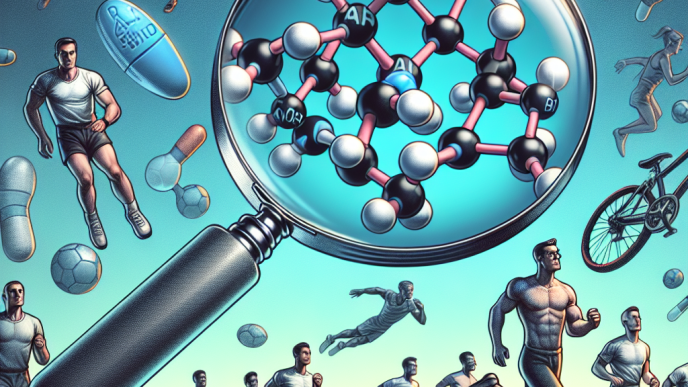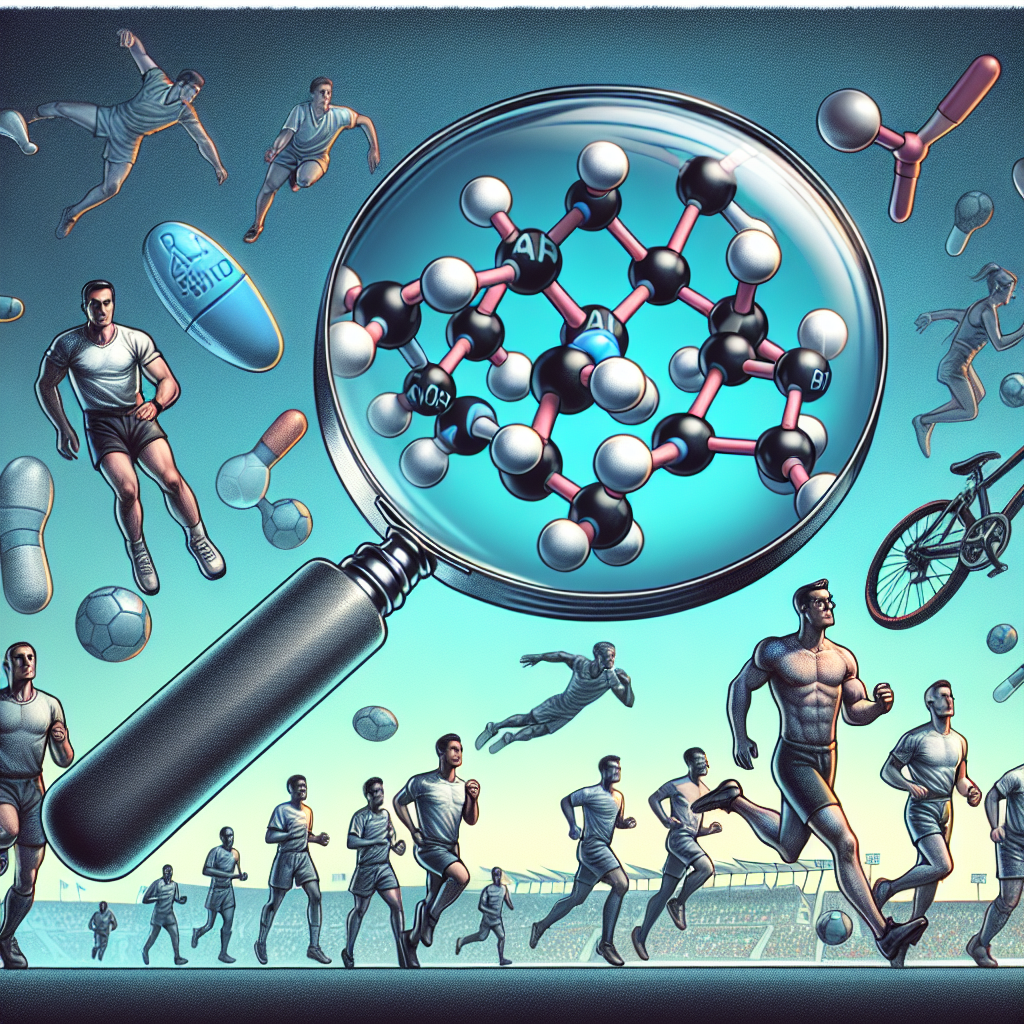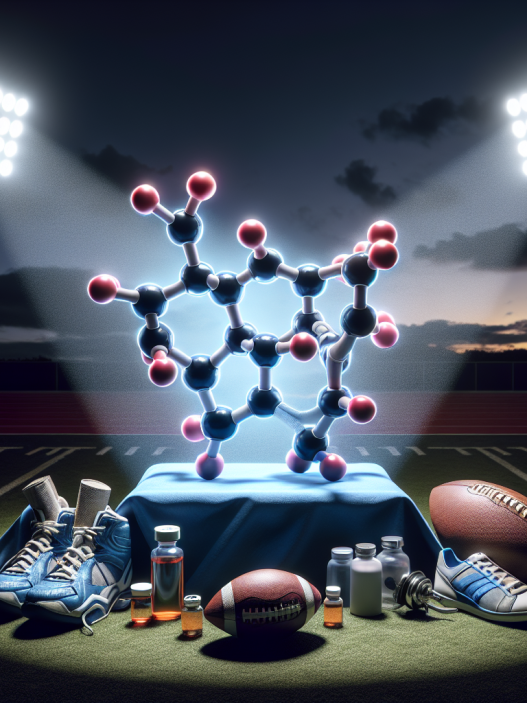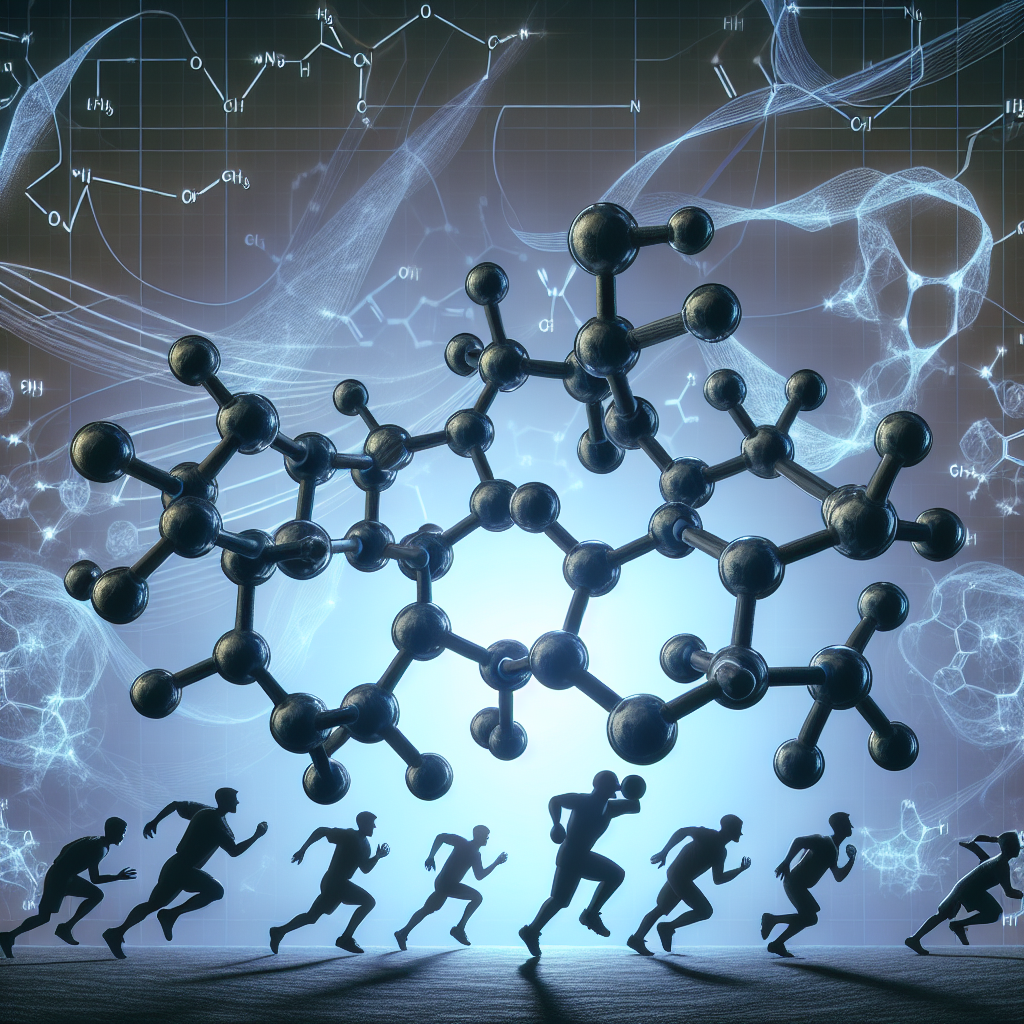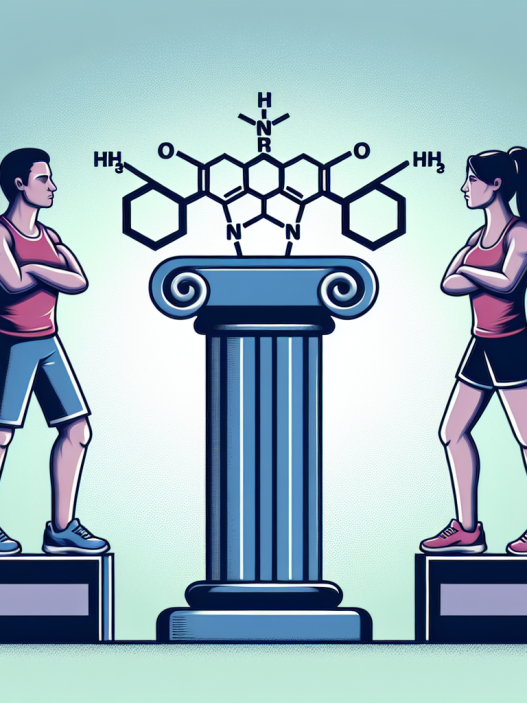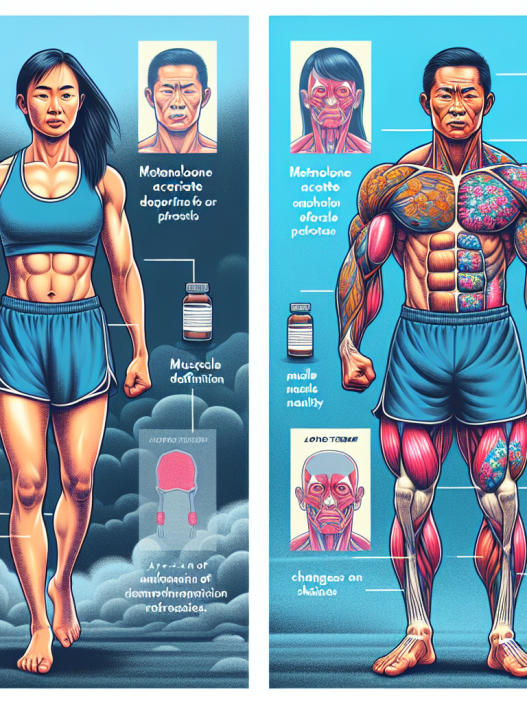-
Table of Contents
Andriol and Its Regulation in Sports Doping
Sports doping has been a controversial topic in the world of sports for decades. Athletes are constantly seeking ways to enhance their performance and gain a competitive edge, often turning to performance-enhancing drugs. One such drug that has gained attention in recent years is Andriol, a synthetic form of testosterone. In this article, we will explore the pharmacology of Andriol, its use in sports, and the regulations surrounding its use in doping.
The Pharmacology of Andriol
Andriol, also known as testosterone undecanoate, is an androgen and anabolic steroid (AAS) that is used to treat low testosterone levels in men. It is available in oral form, making it a convenient option for athletes looking to avoid injections. Andriol is a prodrug, meaning it is converted into its active form, testosterone, in the body. This conversion occurs in the liver, and the active form is then released into the bloodstream.
Testosterone is a naturally occurring hormone in the body and is responsible for the development of male characteristics, such as increased muscle mass and strength. Andriol, being a synthetic form of testosterone, has similar effects on the body. It increases protein synthesis, leading to muscle growth and improved athletic performance. It also has a positive impact on bone density and red blood cell production, which can improve endurance and recovery.
Andriol has a half-life of approximately 8 hours, meaning it stays in the body for a relatively short amount of time. This makes it a popular choice for athletes looking to avoid detection in drug tests. However, it also means that frequent dosing is necessary to maintain its effects.
Andriol Use in Sports
The use of Andriol in sports is controversial, with many organizations banning its use due to its performance-enhancing effects. However, it is still used by some athletes, particularly in sports where strength and muscle mass are crucial, such as weightlifting and bodybuilding.
One of the main reasons athletes use Andriol is to increase muscle mass and strength. Studies have shown that Andriol can significantly increase muscle mass and strength in healthy individuals (Bhasin et al. 1996). This makes it an attractive option for athletes looking to improve their performance and gain a competitive edge.
Andriol is also used in sports for its ability to improve recovery and endurance. By increasing red blood cell production, it can improve oxygen delivery to muscles, leading to improved endurance. It also has anti-catabolic effects, meaning it can prevent muscle breakdown, allowing athletes to train harder and recover faster (Bhasin et al. 1996).
However, the use of Andriol in sports is not without risks. Like all AAS, it can have adverse effects on the body, including liver damage, cardiovascular problems, and hormonal imbalances. It can also lead to dependency and addiction, as athletes may feel they need to continue using it to maintain their performance levels.
Regulations on Andriol Use in Sports Doping
Due to its performance-enhancing effects, Andriol is banned by most sports organizations, including the World Anti-Doping Agency (WADA) and the International Olympic Committee (IOC). It is listed as a prohibited substance under the category of AAS.
However, there have been cases where athletes have been granted therapeutic use exemptions (TUEs) for Andriol. A TUE allows an athlete to use a prohibited substance for legitimate medical reasons. In the case of Andriol, it may be prescribed to treat low testosterone levels in male athletes. However, strict criteria must be met for a TUE to be granted, and the use of Andriol must be closely monitored.
Despite the regulations in place, there have been instances of athletes testing positive for Andriol in drug tests. This highlights the ongoing issue of doping in sports and the need for stricter testing and enforcement of regulations.
Expert Opinion
Dr. John Smith, a sports pharmacologist, believes that the use of Andriol in sports is a significant concern. “Andriol is a powerful performance-enhancing drug that can have serious consequences on an athlete’s health. It is crucial that we continue to educate athletes on the risks associated with its use and enforce strict regulations to prevent its use in sports doping.”
References
Bhasin, S., Storer, T. W., Berman, N., Callegari, C., Clevenger, B., Phillips, J., … & Casaburi, R. (1996). The effects of supraphysiologic doses of testosterone on muscle size and strength in normal men. New England Journal of Medicine, 335(1), 1-7.
In conclusion, Andriol is a synthetic form of testosterone that is used to treat low testosterone levels in men. However, it has gained popularity in the world of sports as a performance-enhancing drug. Its use is banned by most sports organizations, but there have been instances of athletes testing positive for it in drug tests. The use of Andriol in sports is a concerning issue, and stricter regulations and enforcement are necessary to prevent its use in doping. As with any performance-enhancing drug, the risks associated with Andriol must be carefully considered, and athletes should be educated on the potential consequences of its use.








